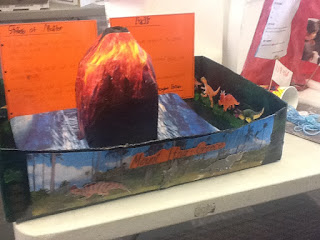Did you know matter is everywhere around us? We live in a world full of matter. matter would be a interesting topic to talk about so I'll talk to you about mater. If you didn't know, there are three states of matter, solid, liquid and gas.
Solid: Solids can have a different amount of mass.Solids are able to stay the same shape they already are. In solids molecules are tightly packed together. no wonder they'ere so hard.Examples: a stone, an apple, a chair, cardboard, a table. Unlike a gas or liquid, a solid cannot move.
Liquid : The molecules in a liquid are loose so they are able to flow. A liquid takes the shape of the container it is in. There are liquids you can drink and others are for different purposes. Examples: blood,,water, milk,juice, flavors of soda, chemicals, dish washing soap.
Gas: Finally, gas. Gas is a state that can be seen or be invisible. The molecules in a gas is loosely packed together. There are different types of gases, some are deadly and some are fine. Examples:smoke, air, steam, carbon dioxide.
Conclusion: So, in conclusion our world is made of matter, either hard solids, loose liquid and free flowing gases.
By Helaena



























































